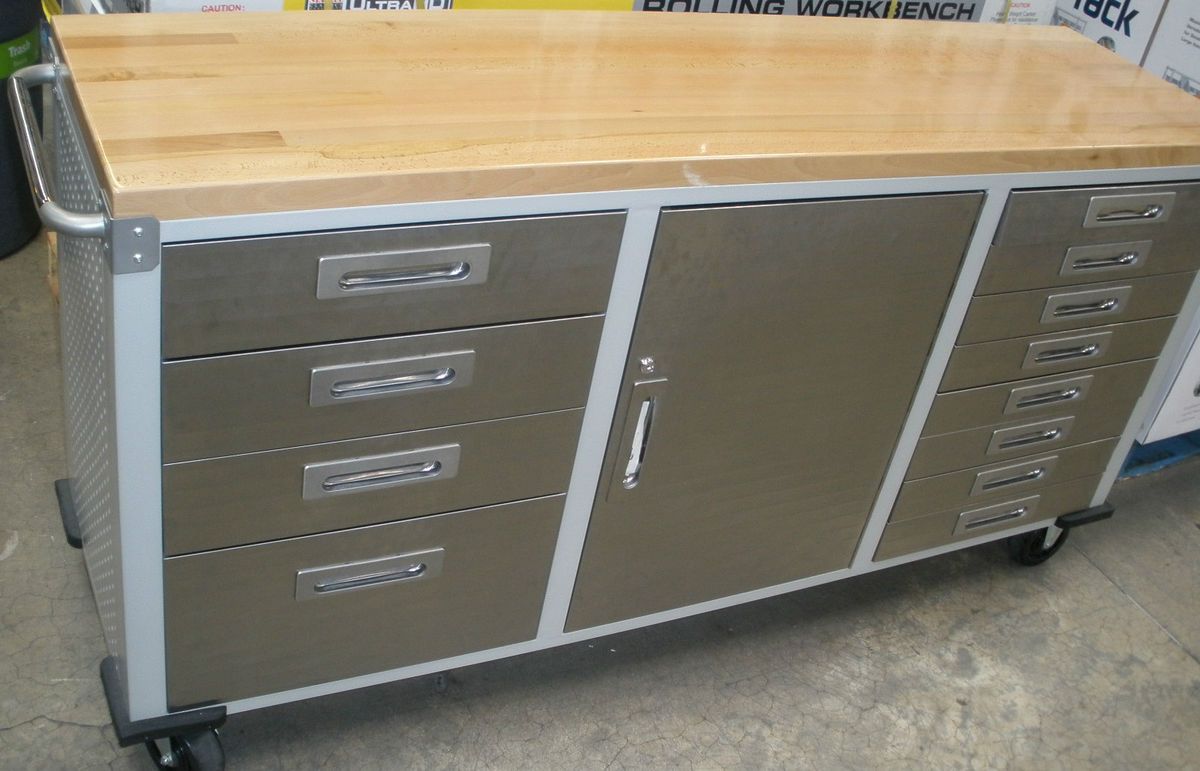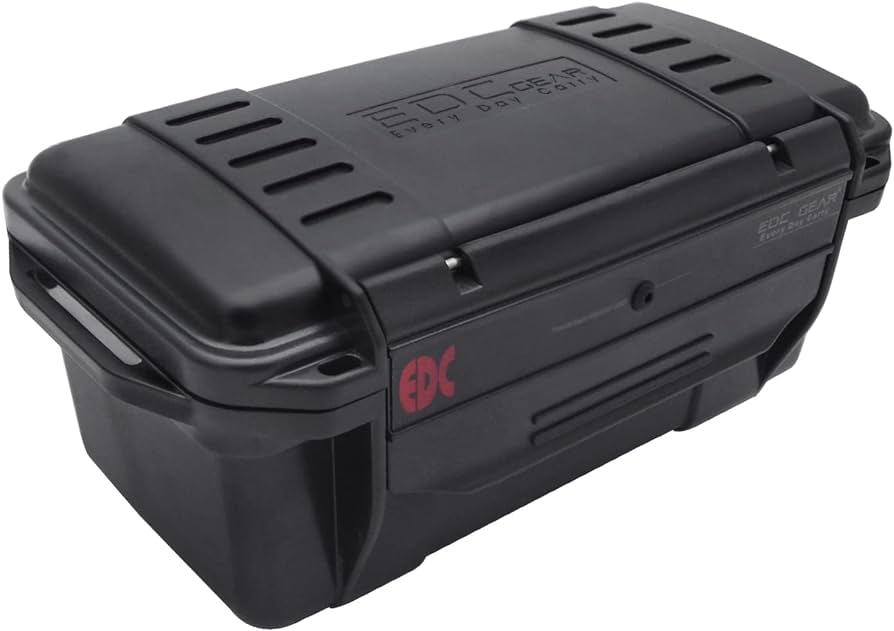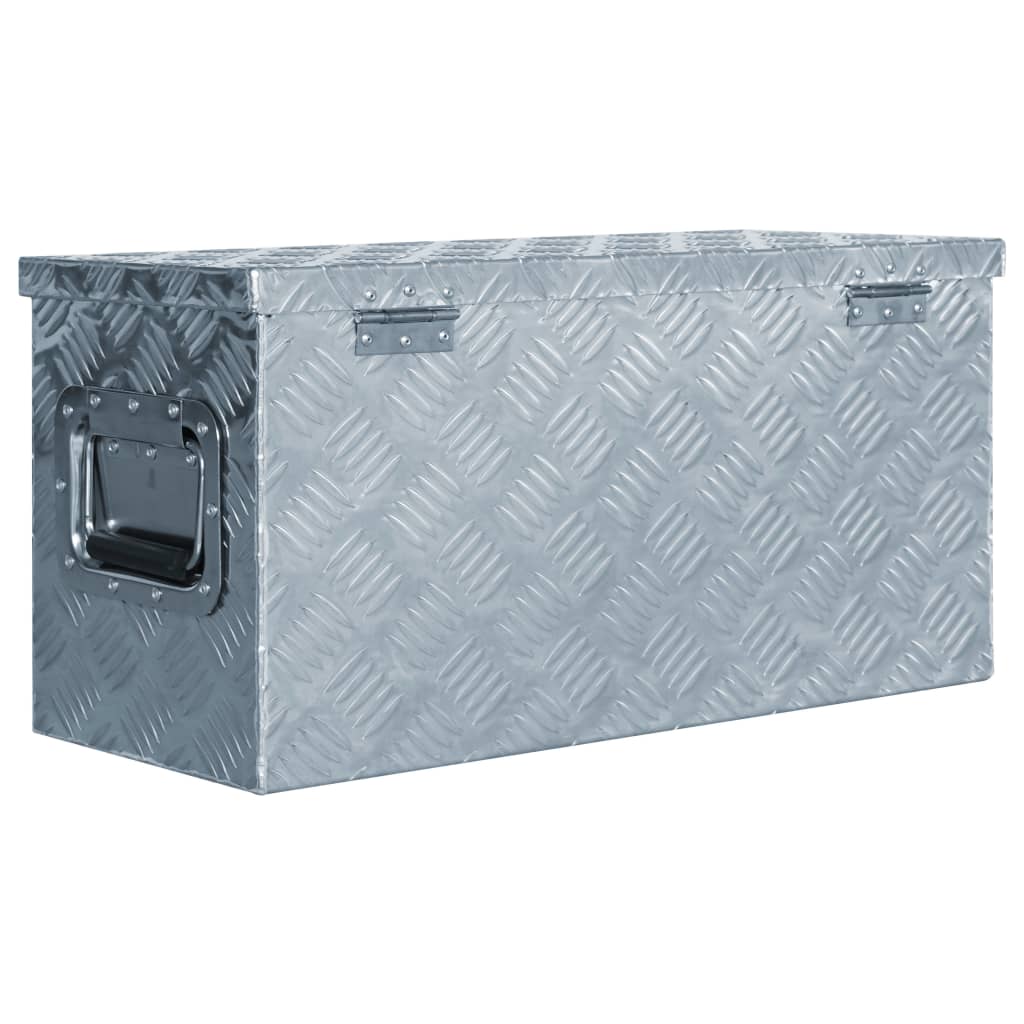
In the realm of DIY enthusiasts and homeowners, tools hold a special place of importance. They are the trusted companions that aid in home repairs, yard maintenance, and those countless projects that bring our visions to life. However, as with any valuable possession, proper care and organization are essential to ensure their longevity and effectiveness. This is where outdoor toolboxes come into play.
The Perils of Unprotected Tools
Leaving your tools exposed to the elements is akin to inviting rust, corrosion, and general disrepair into your life. Harsh weather conditions can wreak havoc on even the most durable tools, rendering them useless or, at the very least, significantly impairing their performance. Moreover, unorganized tools can lead to frustration and wasted time as you fumble through piles of equipment, searching for the specific item you need.
A Haven for Your Tools: Outdoor Toolbox Solutions
Fortunately, the world of outdoor toolboxes offers a plethora of options to suit your needs and budget. From traditional metal toolboxes to innovative rolling tool chests, there’s a solution waiting to transform your outdoor workspace into a haven of order and efficiency. Let’s delve into the diverse array of outdoor toolbox options available.

Traditional Metal Toolboxes: The Stalwarts of Tool Protection
Metal toolboxes stand as the quintessential outdoor toolbox solution, providing ample space to house your essential tools. Whether you opt for a classic steel toolbox or a lightweight aluminum toolbox, you’ll gain a durable and weather-resistant container to safeguard your tools from the elements and prying eyes.
Plastic Toolboxes: A Lightweight and Affordable Option
Plastic toolboxes offer a lightweight and affordable alternative to metal toolboxes. They come in a variety of colors and styles, making them a popular choice for those seeking a more aesthetically pleasing option. However, it’s important to note that plastic toolboxes may not be as durable as metal toolboxes and may not be suitable for heavy-duty tools.
Waterproof Toolboxes: Unmatched Protection Against Moisture
For those who require the utmost protection against water and moisture damage, waterproof toolboxes are the ideal choice. These toolboxes are typically made from high-impact plastic or aluminum and feature airtight seals and gaskets to prevent water from entering. They are particularly well-suited for use in humid environments or for storing tools that are frequently used in wet conditions.

Rolling Tool Chests: Portability and Organization
Rolling tool chests combine portability with organized storage, making them a versatile option for those who frequently move their tools or work in multiple locations. These tool chests typically feature multiple drawers and compartments, allowing you to keep your tools neatly organized and easily accessible. They often come equipped with wheels for easy maneuvering, making them a convenient choice for on-the-go tool storage.
Choosing the Right Toolbox: Factors to Consider
When selecting your outdoor toolbox, consider these key factors:
-
Size and Capacity: Ensure the toolbox can accommodate your current and future tool collection.
-
Durability and Weather Resistance: Choose a toolbox made from sturdy materials that can withstand outdoor elements.
-
Organization and Compartments: Select a toolbox with compartments and dividers to keep tools organized and easily accessible.
-
Security: Consider security features to safeguard your valuable tools from theft.
-
Portability: Evaluate the weight and size of the toolbox if portability is a priority.
-
Price: Set a budget and compare prices from different retailers.
Organizing Your Outdoor Toolbox: Tips for Success
Once you’ve chosen your toolbox, follow these tips for optimal organization:
-
Sort and Categorize Tools: Group similar tools together to simplify retrieval.
-
Utilize Compartments and Dividers: Assign specific compartments to different tool categories.
-
Maximize Space with Trays and Shelving: Utilize removable tool trays or shelves to create additional storage levels.
-
Secure Tools with Straps or Elastic Bands: Prevent tools from shifting and rattling during transport.
-
Regularly Clean and Maintain Your Toolbox: Remove dirt, debris, and moisture to prevent rust and corrosion.
Additional Considerations for Outdoor Toolbox Usage
Enhance your outdoor toolbox experience with these considerations:
-
Protection from Extreme Temperatures: Store the toolbox in a shaded area to protect tools from excessive heat.
-
Protection from Pests: Store the toolbox in a sealed or elevated location to deter pests.
-
Regular Inspection and Maintenance: Inspect the toolbox and tools for damage or wear and tear.
Recommended Outdoor Toolboxes: A Helping Hand
While DIY projects offer a sense of accomplishment, sometimes a pre-made solution is the most practical choice. Here are a few highly-rated outdoor toolboxes to consider:
-
DeWalt DWMT81416 16-Inch ToughBox Toolbox: This durable steel toolbox features a weather-resistant seal, a spacious interior with a removable tray, and a comfortable carrying handle.
-
-
Craftsman CWMX99256 22-Inch Tool Box: This heavy-duty plastic toolbox boasts a water-resistant seal, a large interior with removable compartments, and metal latches for security.
-
Stanley 19-Inch FatMax Tool Box: This plastic toolbox offers a balance of affordability and durability with its metal hinges and latches, a spacious interior with a removable tray, and a built-in level for added functionality.
-
Ridgid Pro Tool Box: For those seeking top-tier protection, the Ridgid Pro Tool Box features a weather-resistant aluminum construction, a spacious interior with removable compartments, and a comfortable carrying handle.
-
Husky 26-Inch Rolling Tool Chest: This heavy-duty steel rolling tool chest provides exceptional portability with its multiple drawers, organizer compartments, and durable wheels for easy maneuvering around your workspace.
Beyond the Basics: Specialized Storage Solutions
While the options covered so far address general tool storage needs, there are specialized toolboxes designed for specific tool categories. Here’s a glimpse into some:
-
Lawn and Garden Toolboxes: Wall-mounted tool hangers are ideal for shovels, rakes, and weed whackers, while freestanding tool sheds with designated areas for lawnmowers and garden equipment offer optimal storage.
-
Power Tool Toolboxes: Lockable tool chests with customizable compartments safeguard power tools and accessories. Heavy-duty mobile workbenches with built-in power outlets provide a dedicated workspace for power tool projects.
-
Hand Tool Toolboxes: Tool rolls or pouches keep hand tools organized and portable for on-the-go projects. Toolbox organizers with dividers and compartments prevent hand tools from jostling around and getting damaged.
-
Bulk Material Storage: Galvanized steel bins with lids offer secure and weather-resistant storage for bulk materials like mulch, gravel, or fertilizer. Sturdy shelving units with designated areas for paint cans, cleaning supplies, and other bulky items maximize storage space in sheds or garages.
Choosing the Right Material: A Balancing Act
The material of your outdoor toolbox significantly impacts its durability, weather resistance, and cost. Here’s a breakdown of popular options:
-
Metal: Metal toolboxes, particularly steel and aluminum, offer superior durability, weather resistance, and fire resistance. However, they can be susceptible to dents and rust, and may not be the most aesthetically pleasing choice for all.
-
Plastic: Plastic toolboxes are lightweight, affordable, and come in a variety of colors. They offer decent weather resistance, but may not be as durable as metal options and can become brittle in extreme temperatures.
-
High-Impact Plastic: High-impact plastic toolboxes offer a good balance between affordability and durability. They are a popular choice for waterproof toolboxes due to their ability to withstand moisture and impact.

Security Measures: Protecting Your Investment
Since your outdoor toolbox houses valuable equipment, security is paramount. Consider these measures:
-
Locking Mechanisms: Opt for toolboxes with sturdy locks and deadbolts to deter theft.
-
Security Cables: Utilize security cables to physically tether your toolbox to a secure structure, making it more difficult for thieves to steal.
-
Engraving: Engrave your toolbox with your name or contact information to increase the chances of recovering it if stolen.

Final Considerations: Maintaining Your Toolbox for Long-lasting Performance
Once you’ve invested in an outdoor toolbox, proper maintenance is key to ensure its longevity. Here are some tips:
-
Regular Cleaning: Regularly sweep out debris and cobwebs from your toolbox to prevent moisture buildup and pest infestations.
-
Rust Prevention: For metal toolboxes, apply a coat of rust-oleum paint periodically to prevent rust and corrosion.
-
Plastic Care: Avoid storing your plastic toolbox in direct sunlight for extended periods, as this can cause warping or cracking.
-
Winterizing: If you live in an area with harsh winters, take steps to winterize your toolbox, such as clearing snow accumulation and ensuring proper ventilation to prevent moisture buildup.
-